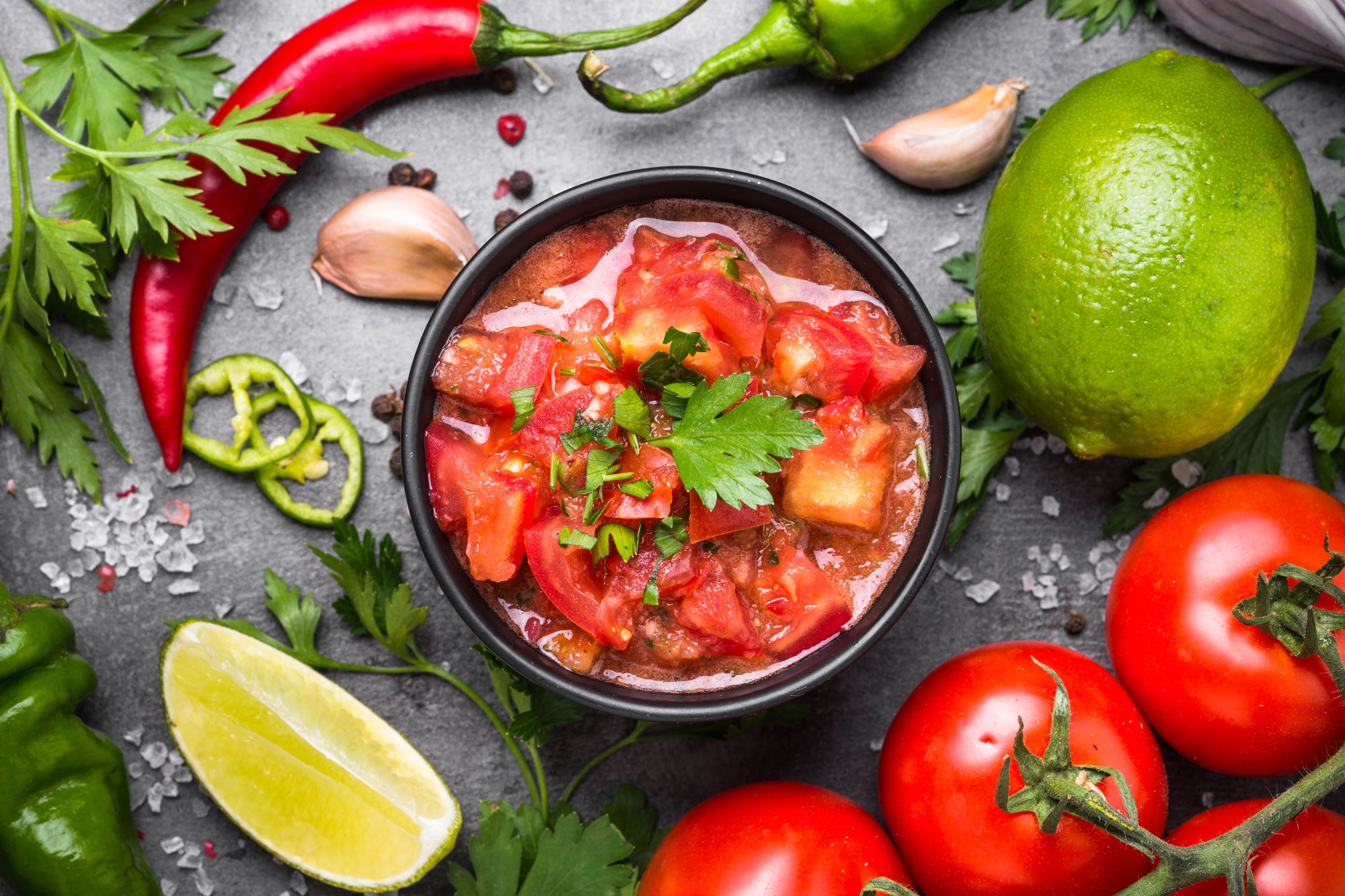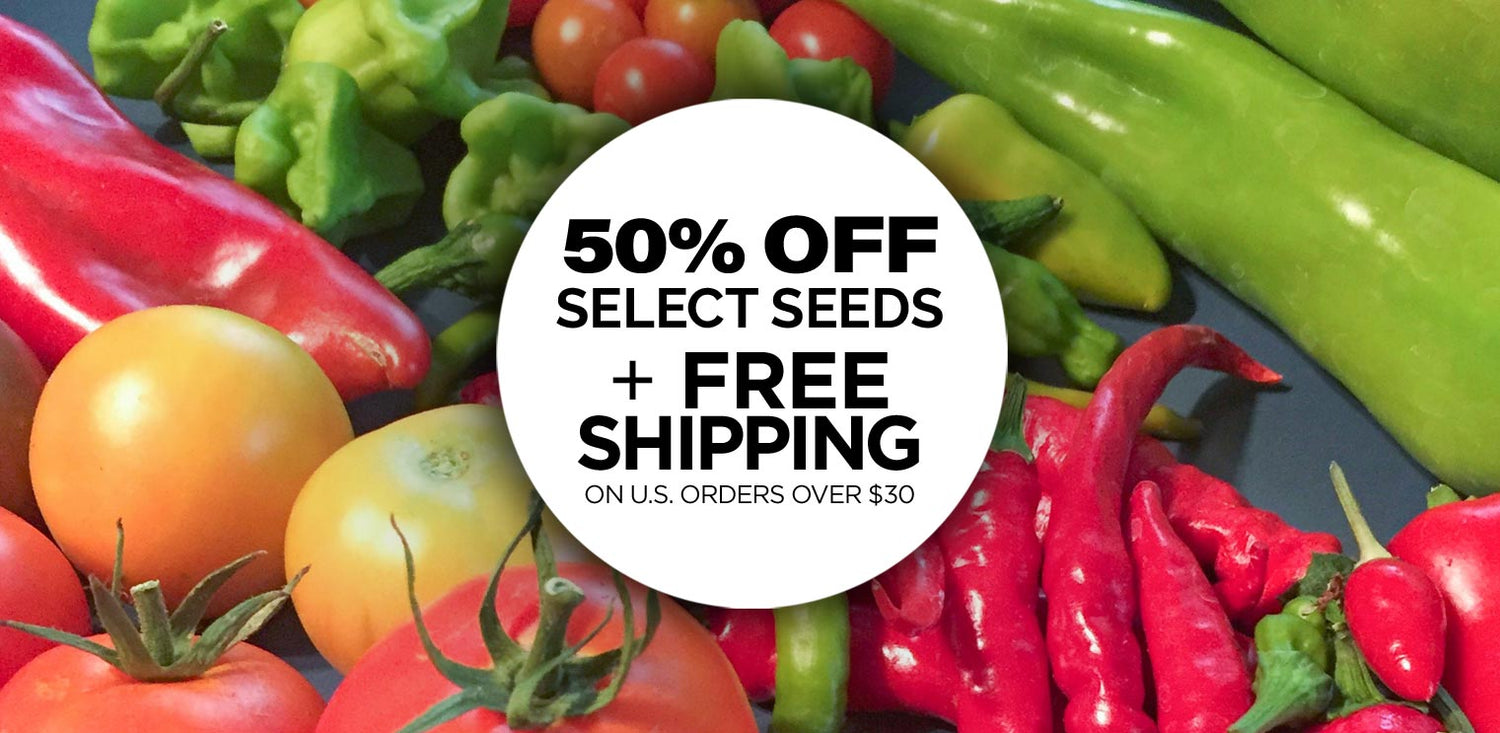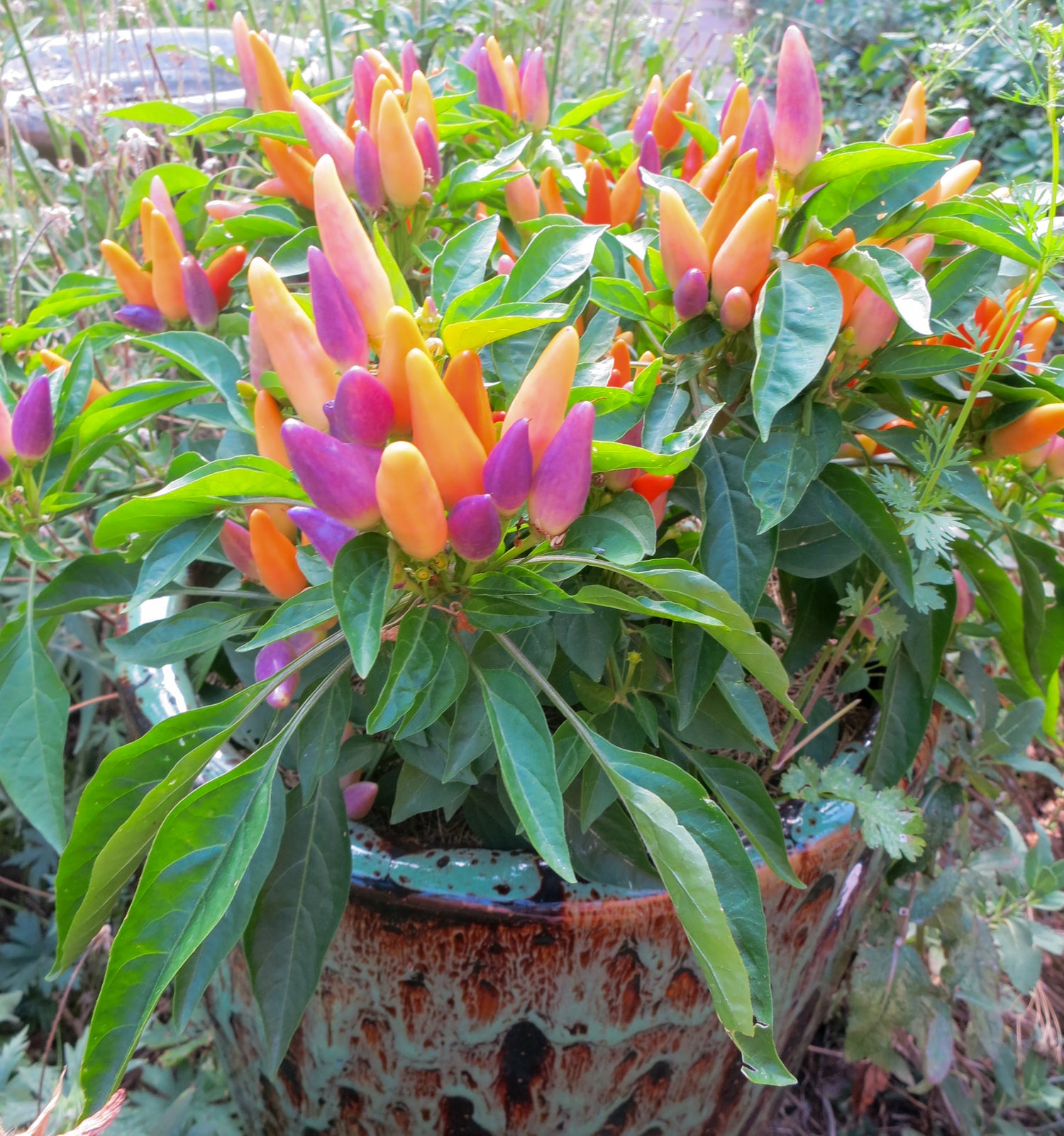
Can peppers withstand a light frost?
Not usually. Peppers are very tender plants and a light frost will likely kill the plant or at least heavily damage the leaves. Even if the cold doesn't kill the plant outright, it will be damaged and stunted going forward. If a frost is expected, or any temperatures below 45˚ F, we'd recommend covering your pepper plants with a frost blanket, overturned bucket, mini hoop house, water wall or other protection. Or bring them inside if possible.
Many people in short seasons grow their peppers in pots so they can bring them indoors or under cover in a warm place until the cold weather has passed.
Peppers really like temperatures above 55-60˚ F if possible, so covering them on cold nights or during cold weather is best.
Find more tips on how to grow peppers from seed »
The same goes for tomatoes, basil, and other warm-season vegetables! Keep them warm if possible. We've seen large healthy tomato plants survive light frosts at the end of the season, but it benefits them to greatly if a frost blanket is used, as this will curb any damage and prevent the plants from getting stunted by the cold. Basil on the other hand, will be totally wiped out by any light frost!
Extend your growing season:
If you want to extend your growing season, make sure to grow cool-season vegetables like beets, carrots, lettuce, peas, spinach, broccoli and cabbage, which can often tolerate light frosts and thrive in the cold temperatures of spring and fall.



















